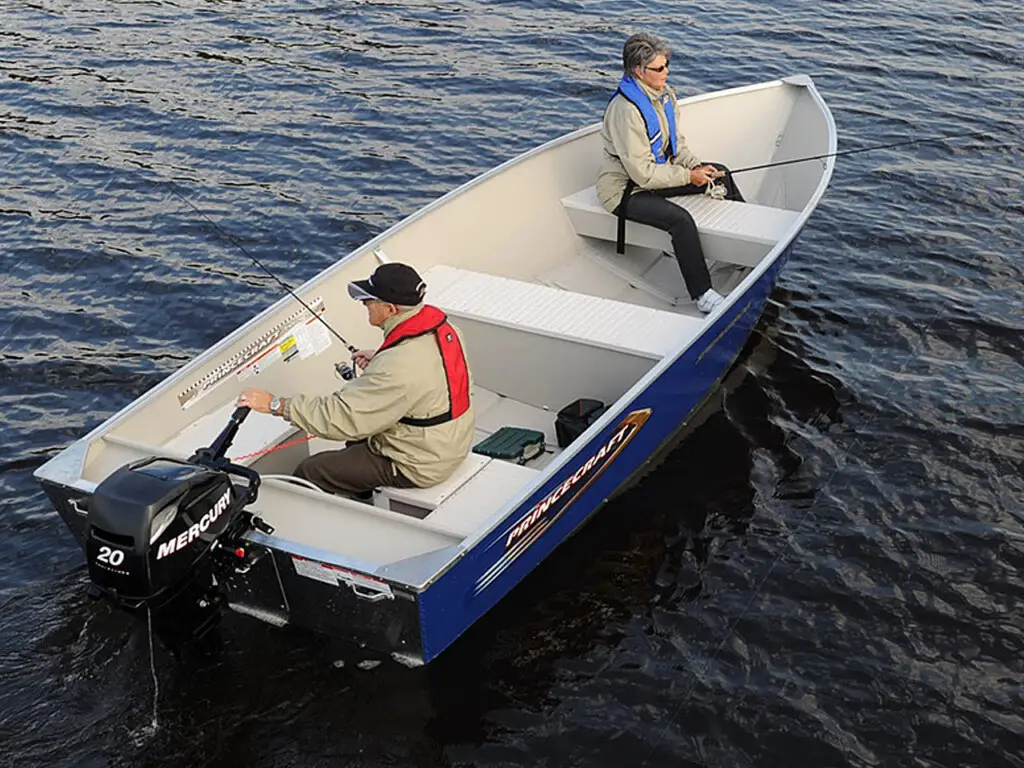With spring just around the corner, it’s time to start thinking about getting your fishing rig ready for the open water. Get a head start and avoid going into panic mode come opening day. Here are some of the spring boat preparation tips that we adhere to every year before we hit the water.
Bonus Tip: “IF” your rig needs a visit to the marina, sooner is better because we guarantee if you wait until close to fishing season, you’ll REALLY have to wait because there’ll be lots of other late customers ahead of you in line.
Fish’n Canada’s 5 Spring Boat Preparation Tips
1) ELECTRICAL
BATTERIES
- If you removed your batteries last fall, reinstall them. If you are questioning the age and strength or life of your battery(s) before you reinstall them to take them to an auto shop and have them do a load test. This will tell you if their OK or need replacing
- Top up lead-acid batteries with distilled water if need be.
- Remove your battery connections if you left them on during storage and then clean the terminals and coat them with dielectric grease. Then tighten securely
- Hopefully, you had a trickle charge going on throughout the storage time. Even so, fully top up all batteries.
- Make sure battery straps are tight
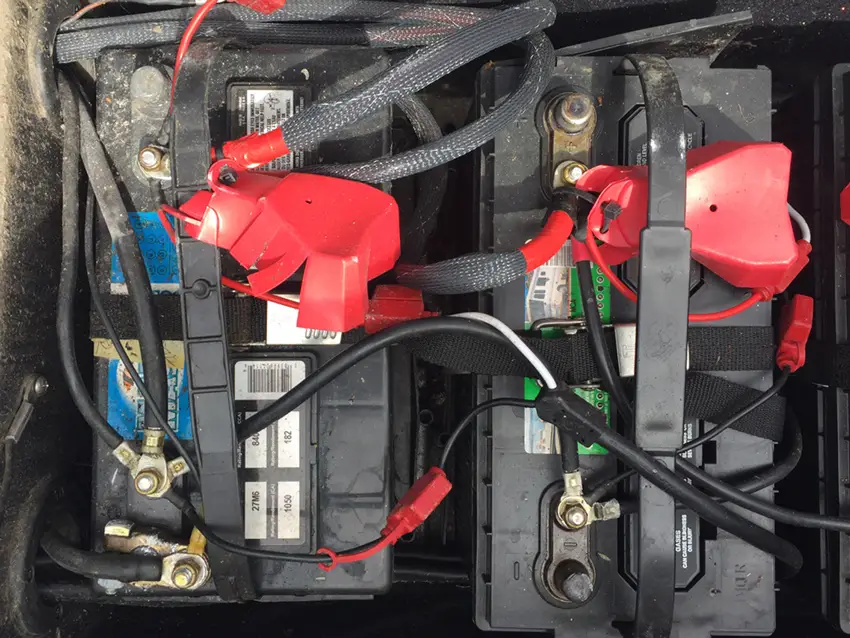
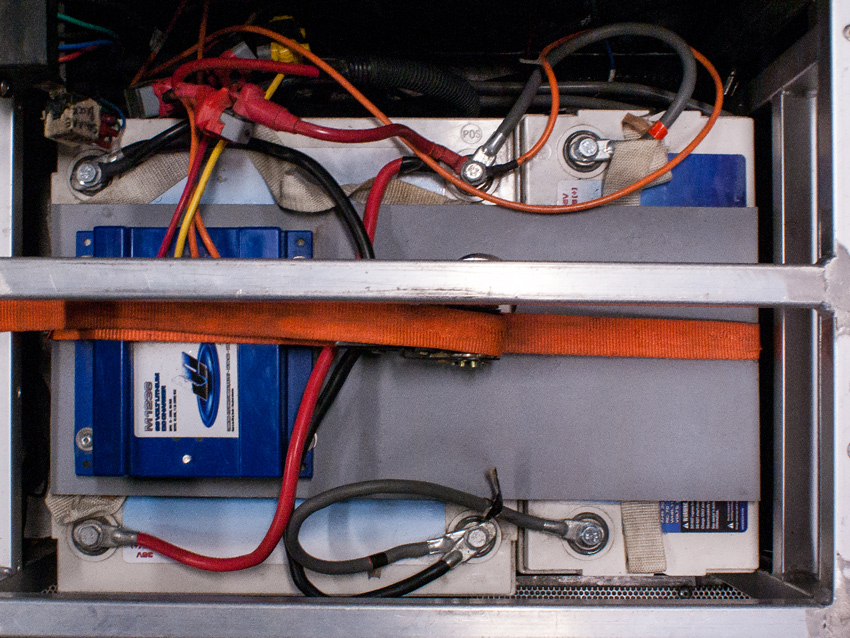
Your batteries and electrical system must be kept up to 100 percent working order
PUMPS
- Make sure all pumps (livewell and bilge) not broken and are working. You can use an audio check listening to hear the motor running or you can put your hand on the pump and feel if it’s running. Do not run too long out of water.
- Check float switches on bilge pumps (a simple lift of the lever switch should be all it takes)
- If there are wiring connectors running to the pumps, make sure they are snapped tight
- Replace any faulty pumps with the proper size (rated in GPH or gallons per hour, it will say on the pump)
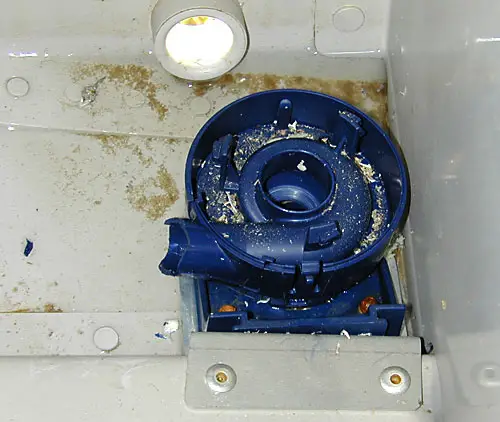
LIGHTS
- Check all running and anchor lights are working properly. If not, check wiring connections by removing the socket (usually 2 or 3 small screws). Fix wiring or replace
- If you have interior lights, go over them too.
2) MOTOR
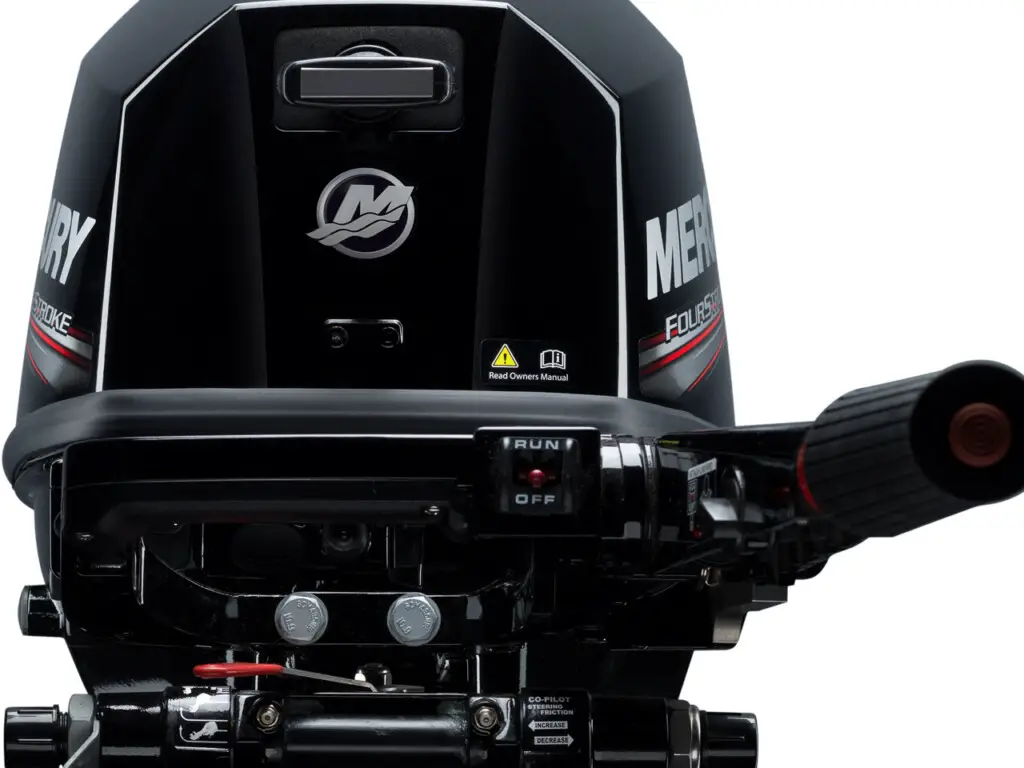
GENERIC
- If you haven’t had your motor tuned up lately, now is the time to get it in. Most boaters neglect to get a spring tune-up. This may be acceptable the “odd” time, but you should never go more than 2 seasons without a tune-up. Every year is optimal.
STEERING
- If you have hydraulic steering, check for physical leaks at the motor connections as well as under the steering console. If leaking, you can carefully use a wrench to see if your hose connections somehow came loose. Tighten accordingly but be careful. You can also top up the fluid by removing the threaded plug at the helm, inserting a fill tube (very handy and frankly the only proper clean way of doing this) and slowly topping up with hydraulic steering fluid.
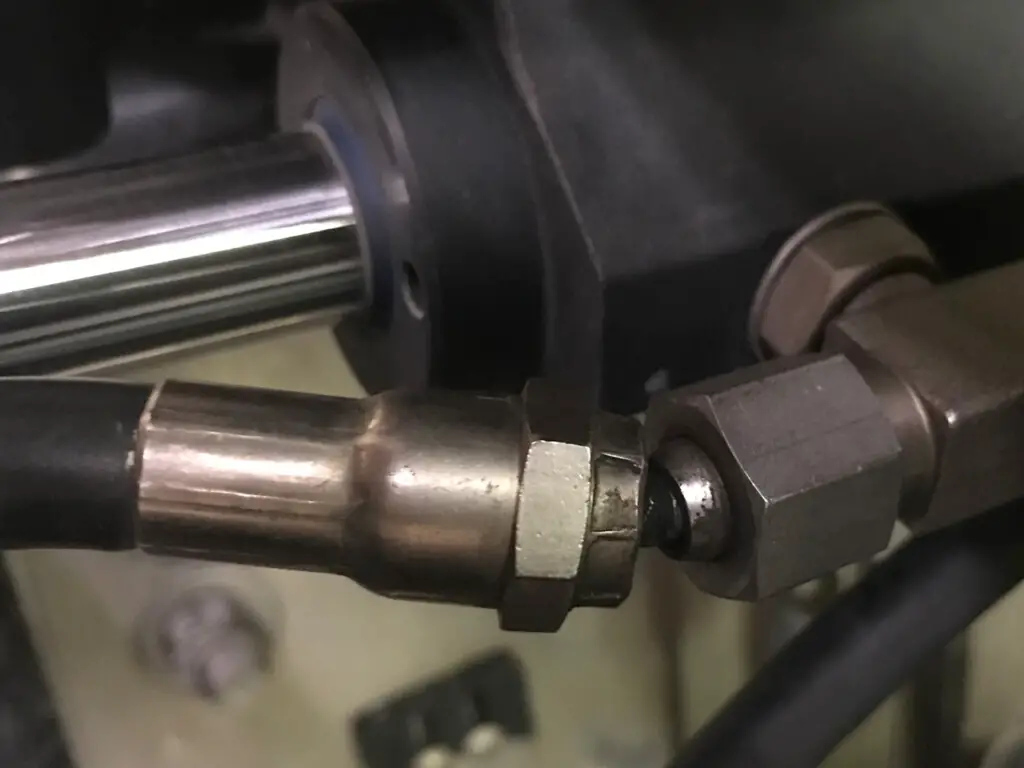
OILS AND FLUIDS
- If you have a 4-stroke, make sure the oil is changed (the proper procedure is to do this during the winterizing stage)
- For 2-strokes, make sure the oil reservoir is topped up with “good” oil.
- Change lower unit gear oil if not done before winterizing. This is easy to do on most motors with the proper pump. You should do this every year.
- A new fuel filter is always a good move
- Look for any indications of leaking at trim cylinders and hoses. You are best to go to an outboard mechanic if leaking.
- When putting in new gas for your season, remember to NOT fill your tank with fuel that contains more than 10% ethanol (E10) as it will damage your engine. The higher the grade, the better your outboard will run and the longer it will last.
- If your boat is 3 or more years old and you haven’t had an impeller change, get this checked. This inexpensive piece of rubber could save you a ton of money and headaches later.
- Make sure any anodes haven’t fallen off (this happened to us once) and if so replace. This is usually a straightforward procedure.
- Inspect props for dents, pitting, and distortion. The smallest of imperfections will affect the boat performance
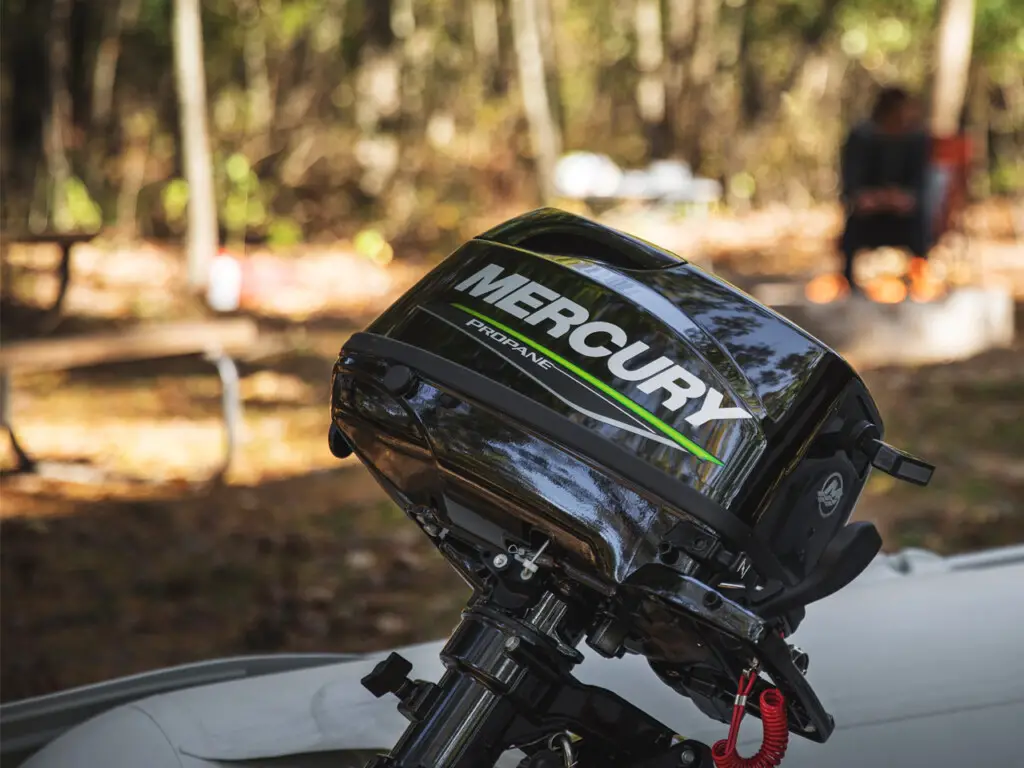
3) BOAT INTERIOR
- Tighten all visible screws. These miraculously come loose during a fishing season.
- Glue down any pieces or sections of carpet that has started to lift
- Clean any stained spots in your carpet
- Add a touch of penetrating oil to any latches and locks in case of corrosion
4) BOAT EXTERIOR
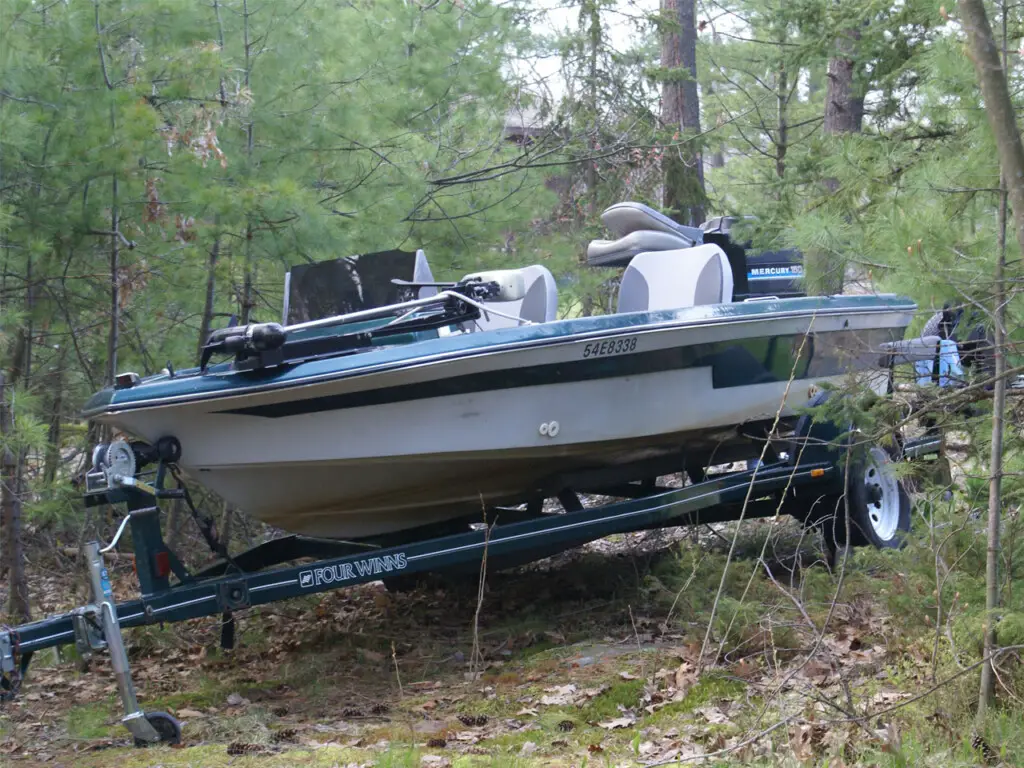
- For aluminum boats look for odd stains, discolorations or markings around rivets. This could indicate a leak.
- Run your fingers along all rivets checking for loose ones. If found, make sure you know how to fix them otherwise go to a professional
- If any seats have come loose or broken, fix or replace them
- For fiberglass, check for cracks at the transom and any other stressed areas. If you have a bow-mounted trolling motor, check for cracks in that area and make sure the motor is secured to the top of the bow deck.
- If your gel coat needs a shiny refresher, now is the time to give it a polish. Here’s how to do it. It takes a while but it saves you a bundle of cash!
5) BOAT TRAILERS AND MISCELLANEOUS
TRAILER
- Inspect bearings, replace if necessary and grease all hubs
- Inspect tire treads and sidewalls for dryness and cracks or lack of tread and replace as necessary.
- Check air pressure.
- Make sure you have a spare that has the proper pressure.

- Test tail and back-up lights. If any are burnt out or broke, replace them (we recommend LED style)
- Test the winch to make sure it’s working properly.
- Inspect the trailer frame for rust. Sand and paint to prevent further deterioration as this could eventually lead to deterioration and metal breakage.
- Make sure any fluid and access caps aren’t missing
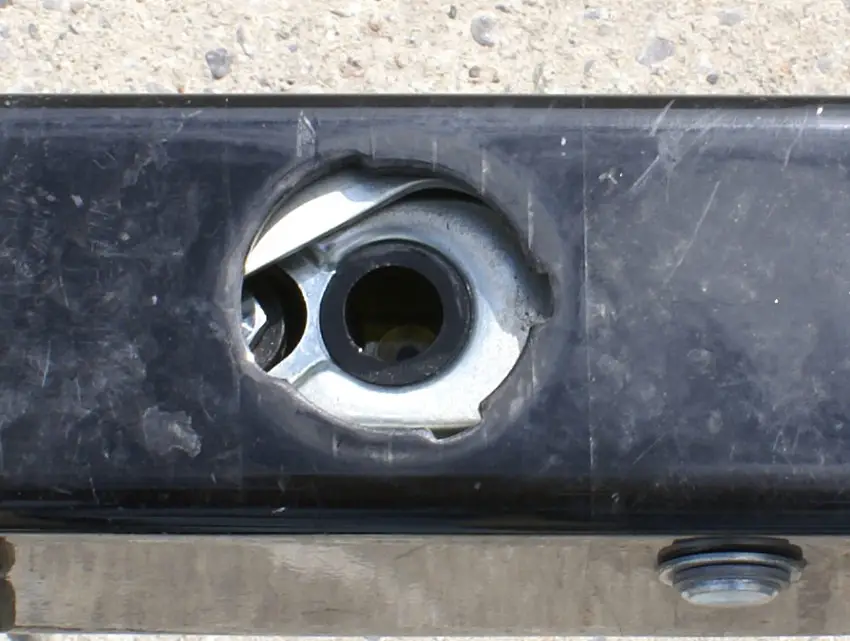
SAFETY
- Make sure you have one properly sized and wearable PFD (life jacket) per person in good condition, including kids. Ensure that everyone has the correct size life jacket for their body weight. Clean spares are always a good idea.
- If required, check flares for their expiration date
- Check fire extinguishers charge as per gauge (green indicates good) and replace or recharge as necessary.
- Make sure boaters safety kit is up to date (waterproof flashlight, whistle, mirror, bailing bucket, throw rope and device, etc.)
- Inspect dock and anchor ropes for frays or chafing.
- Make sure you always have your boating license
- Make sure you have your trailer registration in your tow vehicle.
- Make sure you have the proper trailer plates (sometimes they get changed from trailer to trailer, the police can tell if this is done)
- Make sure your boat insurance policy is updated.
And there you have it, 5 extensive Spring Boat Preparation Tips! If you give your boat the TLC it needs before the fishing season begins, you’ll be off to a great start!
Good luck on the water this year! Don’t forget to share these spring boat preparation tips with your friends that need a “nudge” to get their boat in shape.
